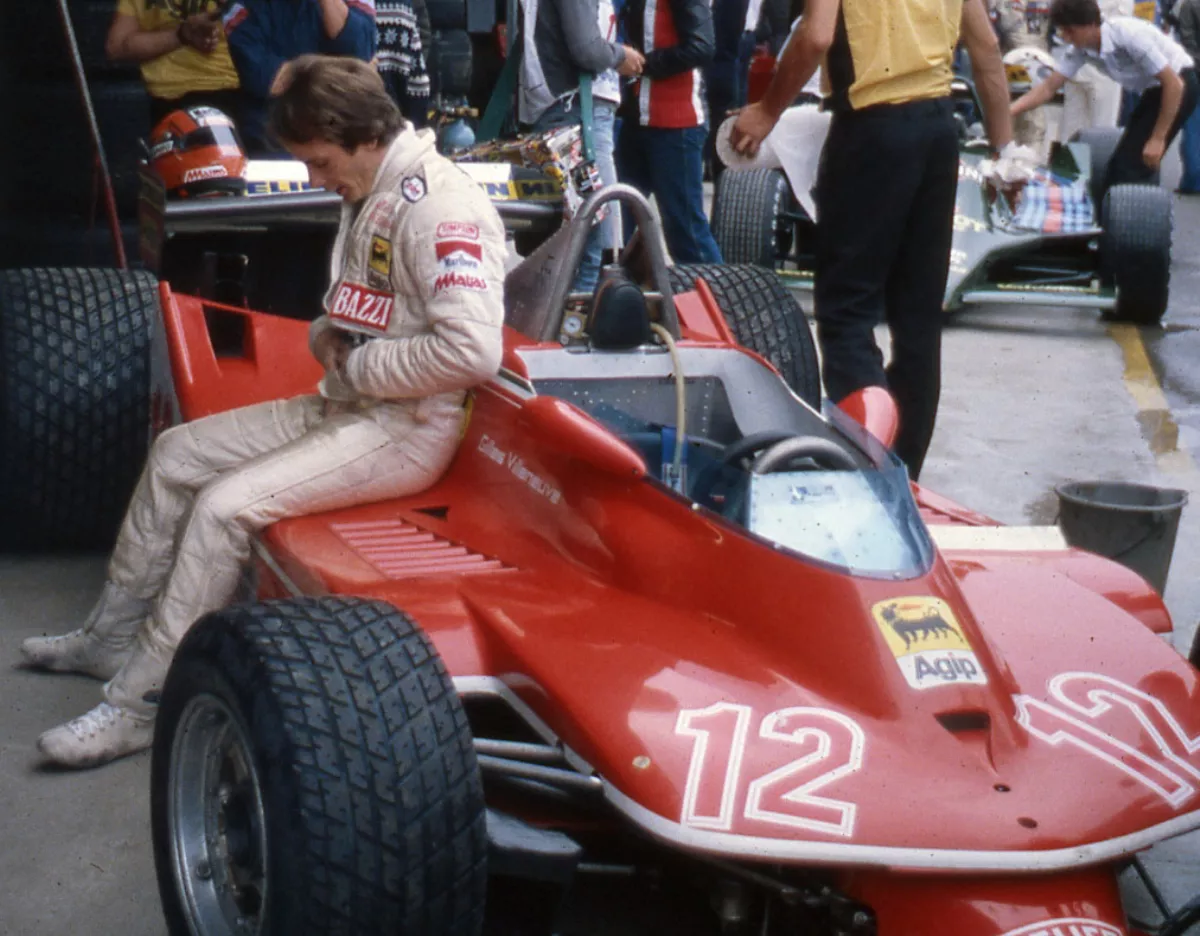 1.
1. Gilles Villeneuve soon progressed to open-wheel racing, winning the regional Formula Ford championship in 1973 before graduating to Formula Atlantic, where he won two Canadian Championships in 1976 and 1977, and the American Championship in 1976.